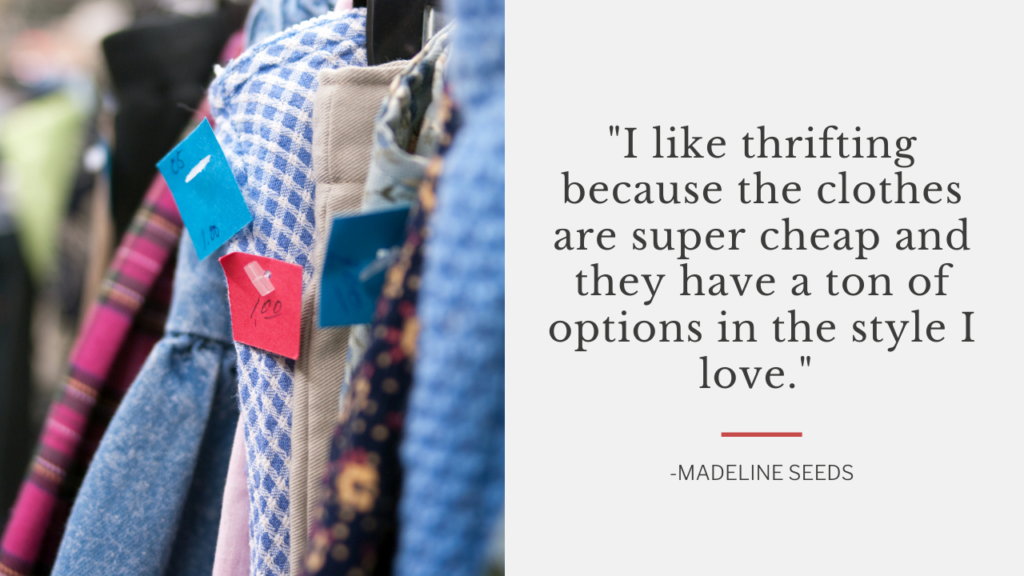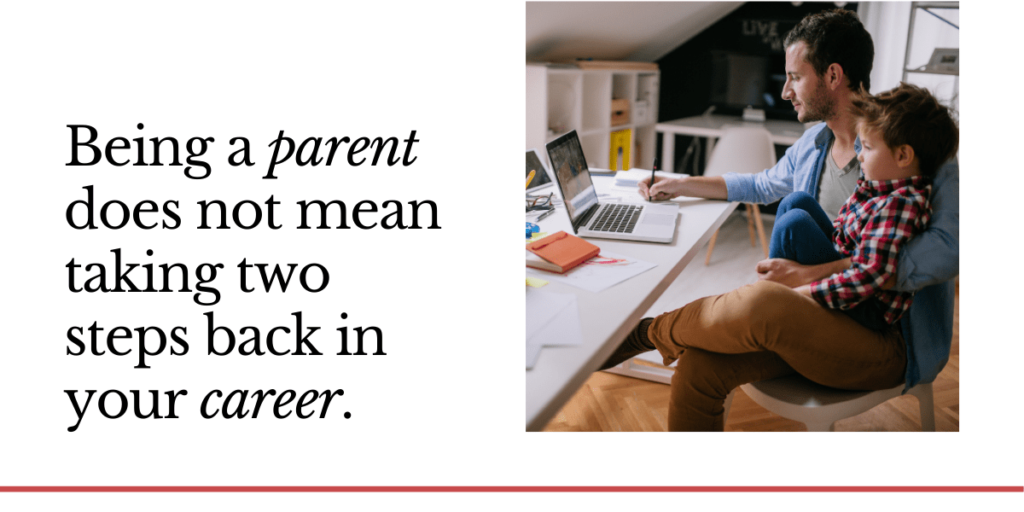In a fast-paced news world, journalists continue to rely on reputable and interesting story resources from PR professionals. That is why it is important to know and understand as much about the media we are working with as we can.
Over the years, the Ketner Group team has been lucky to work with so many talented media professionals in the retail and consumer technology space.
One of those is Barbara Thau, editorial director of features for CO— by U.S. Chamber of Commerce. Barbara has more than 25 years of experience covering the retail and consumer industries and is consistently named as a top retail influencer.
I recently had a chance to visit with Barbara about her take on the latest retail trends, how she selects her stories and her tips for PR professionals.
Following are some excerpts from our conversation. Enjoy!
Tell me about your path to retail and consumer journalism. What is it about these industries that you enjoy so much?
To be honest, I stumbled into the world of retail and consumer journalism.
I answered an ad in the New York Times for a research assistant for a publication called Housewares Executive. I had been writing prior to the job, but it gave me the opportunity to cover the big brands and retailers in the housewares industry. As well, it was an introduction to the world of trade publication reporting, which was so interesting to me! I really enjoyed covering business from the consumer economy standpoint.
Years later I realized that my boss and the publisher there, Gerry Vander Schauw, was a key mentor to me: His keen, no-marketing-spin-allowed expertise on the retail industry was from both the retail and supplier perspectives. Absorbing that foundation of knowledge starting out covering retail proved invaluable to me. He was super tough, but he also believed in me.
Retail is so fascinating because it’s not just about the store and the products, but it’s about how we live, how we shop, how we work, how we think, and all the things that play into that. I like how retail is at the intersection of beauty, fashion, consumer electronics, hospitality, and even mental health.
Retail is a business that is rich and ever-changing. There’s always the through line between the consumer and the larger macro, socio-economic trends. What’s not to love about it?
As a retail journalist, what do you use an inspiration for writing your stories and how do you stay up-to-date on the latest trends?
Even though I’m the editorial director of features at CO—, I still write as often as I can. In terms of inspiration, conversations with people in the industry is at the top of my list. There’s nothing that can replace it. I make a point to go to industry conferences to meet with people and attend sessions to get the information I need on the larger business trends.
Of course, I read a ton, too. A few of the sources that stand out to me include CB Insights and eMarketer. As well, I spend a lot of time reading the old school trade publications and newsletters such as Women’s Wear Daily and the Industry Dive publications, and top business publications like the Wall Street Journal.
I also like to spend time with companies before we even talk about doing a story. I like to ask what’s top of mind for them these days, what’s being over-reported and what’s keeping them up at night.
There is so much power in questions and these conversations often give me inspiration for future stories.
I know you write, assign and edit a lot of articles focused on retail executives – what do you look for when deciding on who to spotlight for these pieces?
At CO—, our sweet spot for the feature coverage are the startups that are scaling meaningfully and making an impact in the market, as well as the legacy Fortune 500 companies. We are always looking to cover the disruptors and the disrupted.
For example, we recently covered Sharon Chuter, the founder of UOMA Beauty. Sharon has made a quietly important move into the beauty space. As we reported it, “Chuter’s commitment, 20-hour workdays and a no-time-for-performative-diversity ethos” landed the startup as the most inclusive Black-owned beauty brand. UOMA is now on the shelves at Walmart, Ulta and Nordstrom.
I also look at the trends, and what companies are meaningfully changing shopping behavior. For example, there is a huge trend in the buy-now-pay-later space, so companies like Klarna, Afterpay and Affirm are interesting to me.
What I look for are the executives behind technology companies, brands and retailers who are really moving the needle.
What retail and/or consumer technologies are you most excited about or interested in these days?
I have to say that in terms of the tech that excites me, it is less so about the bells and whistles and more about the new platforms that democratize the playing field.
What we are seeing now is an overarching trend of emerging platforms, like Walmart Business and Google for Small Business that allow smaller companies to scale.
I am also excited about the potential for generative AI right now, especially for small retail and consumer businesses. It is going to allow them to use the technology to quickly and cost-effectively create content that is akin to what a large marketing team would do in bigger company.
And even for big retail brands, generative AI brings a new level of convenience to help with content creation for ad copy and more. It will be very interesting to see where the technology is going to go. There is obviously going to be some fascinating level of a playing field, but time will only tell.
Can you share how PR professionals like our team at Ketner Group can provide you the information you need to generate stories?
My answer is not going to sound very glamorous, but it is really all about the basics.
I appreciate when the PR person really knows their client’s business and knows how that specific company ties into bigger industry trends. I get a lot of generative AI pitches these days. It is clear which PR professionals understand our coverage and the “je ne sais quoi” of our publication and how this specific technology applies, and which ones that don’t.
I love when PR pitches clearly communicate their sweet spot and then match that up with a unique fact or forward-thinking insight. Pitches that include meaningless and glittering generalities don’t land very well.
I also can’t overly communicate the importance of couching pitches within the larger consumer or retail context of the landscape and why that trend is important. And I appreciate when I clearly understand what the return on investment is to the consumer or the retailer from a company’s strategy. To me, those are the best pitches.
What are you reading right now?
I love that question!
I am reading a book called “Max Perkins: Editor of Genius” by A. Scott Berg and I love it! It is focused on the renowned editor, Max Perkins, who shepherded the editorial growth of Thomas Wolfe, Ernest Hemingway, F. Scott Fitzgerald, Tennessee Williams and many more. He was the one that brought so many famous books to life. It is a wonderful time capsule into the world of editing.
I highly recommend it for PR professionals, too!























